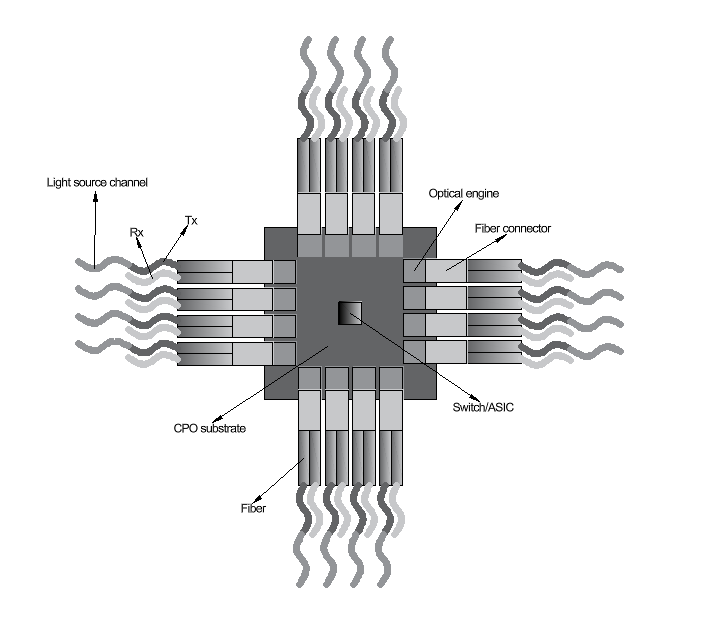Key Takeaways
- Silicon photonics has evolved from telecom roots to powering data centers, AI hardware, and emerging quantum systems. Its success comes from combining high bandwidth, energy efficiency, and CMOS scalability.
- Across industries, one lesson repeats: performance alone isn’t enough—scaling requires manufacturable processes, strong packaging, and tight co-design with electronics.
- As quantum computing pushes demands for ultra-low loss, cryogenic operation, and massive integration, the leaders will be those who pair innovation with disciplined, iterative, system-level engineering.
What Is Silicon Photonics and Why Does It Matter?
Silicon photonics is the technology of integrating photonic circuits on silicon substrates. Initially developed for telecommunications, it now powers data centers, AI hardware, and quantum computing. The promise of high bandwidth, energy efficiency, and CMOS compatibility makes it central to next-generation computing.

Silicon Photonics in Telecom: Foundations and Early Challenges
Why Telecom Adopted Silicon Photonics
Telecom companies sought cost-effective, scalable optical interconnects. Silicon photonics offered:
- CMOS process compatibility
- Potential for mass production
- Integration with electronics
Key Challenges in Telecom Applications
- Fiber-to-chip coupling losses reduced efficiency
- Thermal instability complicated large-scale deployment
- Complex packaging costs often overshadowed chip savings
Lesson Learned: In telecom, success required standardization, manufacturability, and reliable packaging—a foundation that shaped all future applications of silicon photonics.
Scaling Silicon Photonics for Data Centers and AI
As demand shifted to hyperscale data centers and AI accelerators, photonics had to scale differently.
The Shift in Priorities
- Short-reach optimization: Focused on dense integration and low energy per bit
- Co-packaged optics: Merging photonics with ASICs for improved bandwidth-per-watt
- Platform modularity: Reusable building blocks (lasers, modulators, detectors)
Lessons for Scalability
- Co-design with electronics ensures power and bandwidth efficiency
- Automation and wafer-level testing become essential for yield
- Standardized building blocks accelerate platform adoption
Takeaway: Scaling silicon photonics for data centers required not just better devices, but ecosystem-level engineering discipline.

Silicon Photonics in Quantum Computing: The Next Frontier
Quantum applications bring new scaling demands:
- Ultra-low loss waveguides to preserve fragile quantum states
- Large-scale integration of thousands of components
- Cryogenic compatibility with millikelvin environments
What Quantum Can Learn from Telecom and Data Centers
- Manufacturability First – Device physics must align with scalable fabrication.
- System Co-Design – Integration with electronics, cryogenics, and software is critical.
- Iterative Scaling – Like data centers, quantum will require multiple generations of refinement.
Future of Silicon Photonics: From Telecom to Quantum
The roadmap for silicon photonics suggests:- Standardized quantum interfaces (similar to WDM in telecom)
- Breakthrough packaging for cryogenic and hybrid environments
- Hybrid integration with lithium niobate, indium phosphide, and diamond

Conclusion: Lessons in Scaling Silicon Photonics
From telecom networks to data centers to quantum processors, silicon photonics has shown one truth: scaling requires more than invention—it requires iteration, manufacturability, and system thinking. The industries that learned these lessons fastest became leaders. As quantum emerges, the same principle will define the winners of the next photonics revolution.
Related Content
GREAT ARTICLE!
Share this article to gain insights from your connections!






